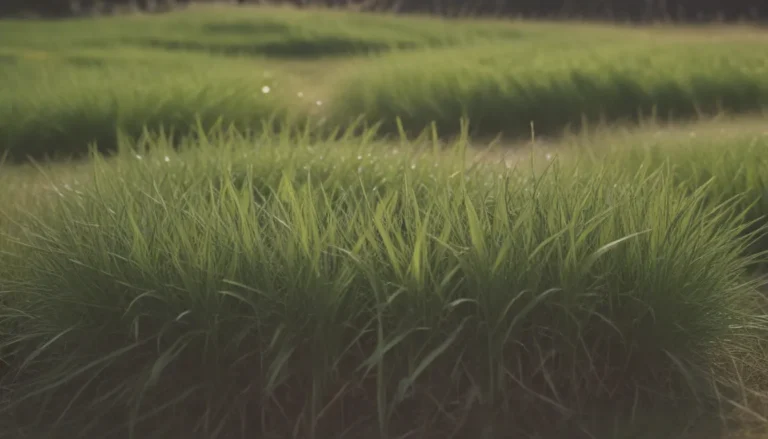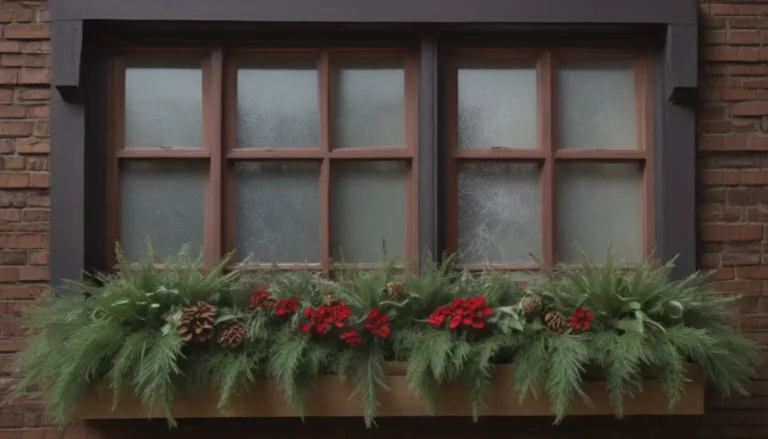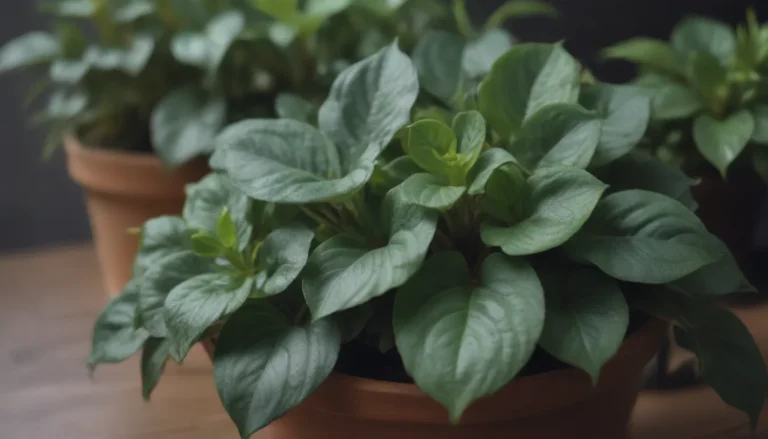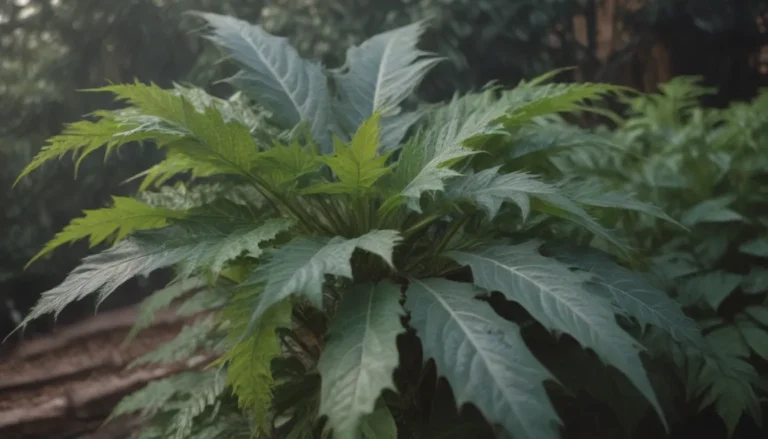The Ultimate Guide to Growing and Caring for Baby’s Tears Houseplants
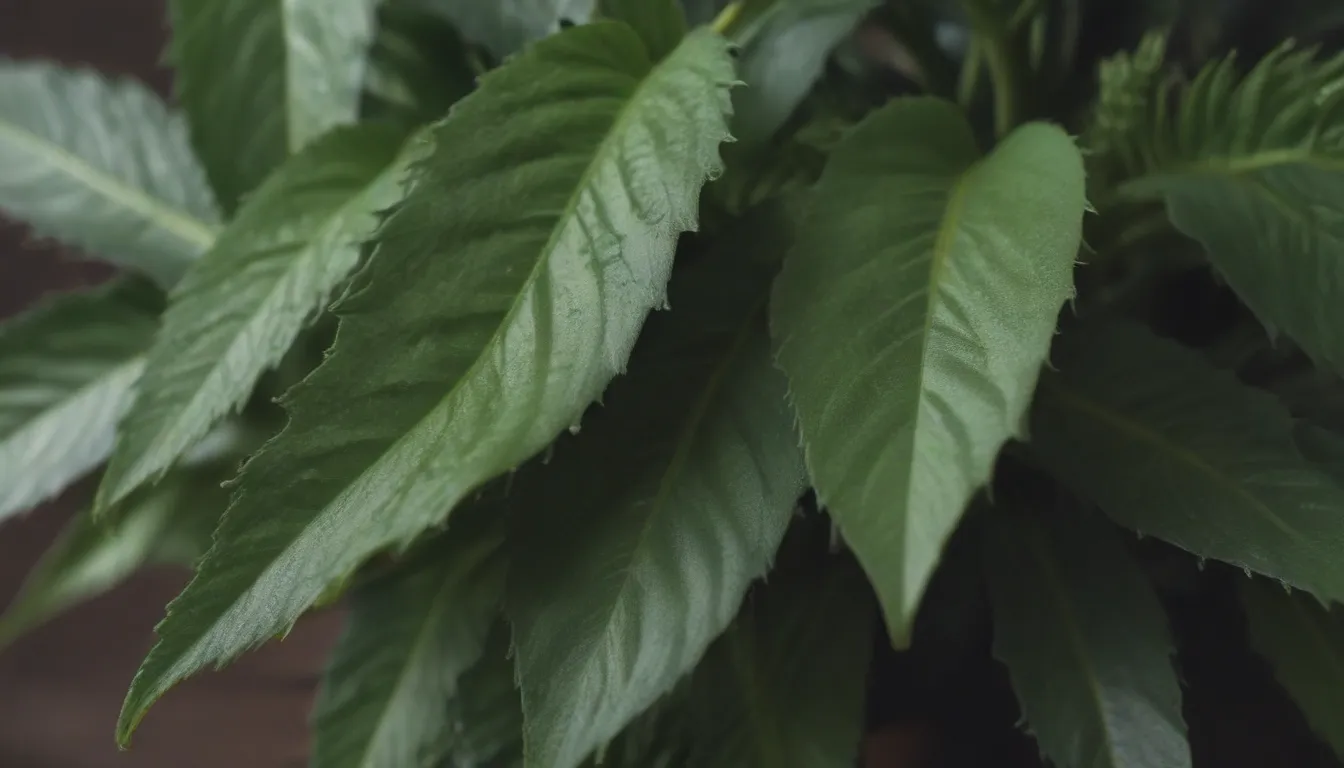
If you’re looking to add a touch of delicate greenery to your indoor space, Baby’s Tears (Soleirolia soleirolii) are the perfect choice. These mat-forming tropical perennials are known for their myriad tiny leaves that create a dense, delicate mat of fine round or bean-shaped foliage on short, fleshy stems. While often mistaken for moss, Baby’s Tears belong to the nettle family and thrive in lower-light conditions, warmer climates, and rich, moist soil.
In this comprehensive guide, we’ll explore everything you need to know about growing and caring for Baby’s Tears houseplants. From light and soil requirements to watering and pruning tips, we’ve got you covered. So let’s dive in and learn how to ensure your Baby’s Tears plants thrive in your home.
Baby’s Tears Plant Care
Here are some essential tips to keep in mind when caring for your Baby’s Tears plant:
Light
- Baby’s Tears plants prefer bright, filtered light and dislike intense direct sunlight, which can scorch their leaves.
- If growing indoors, consider placing your plant under artificial lights to ensure it receives adequate light.
- Outdoors, find a shadier location for your Baby’s Tears plant to thrive.
Soil
- Use a rich soil amended with humus, compost, or manure to provide essential nutrients for your Baby’s Tears plant.
- Commercial potting soil is suitable for growing Baby’s Tears as a houseplant or in a container garden.
Water
- Baby’s Tears plants are thirsty and should never be allowed to dry out completely.
- Water your plants as soon as you notice wilting, ensuring the soil stays moist but well-drained to prevent root rot.
- Decrease watering slightly in the winter months but maintain consistent moisture levels.
Temperature and Humidity
- Baby’s Tears thrive in temperatures between 50 to 70 degrees Fahrenheit and appreciate high humidity levels.
- Consider placing your plants in a steamy bathroom or kitchen if you live in a drier environment.
- In colder climates, bring your Baby’s Tears indoors before freezing temperatures arrive to protect them from frost damage.
Fertilizer
- Use a balanced plant fertilizer to keep your Baby’s Tears’ foliage bright green and dense.
- Apply liquid fertilizer every two weeks during the spring and summer months for optimal growth.
Types of Baby’s Tears
- Soleirolia soleirolii ‘Aurea’:
- Soleirolia soleirolii ‘Golden Queen’:
- Soleirolia soleirolii ‘Silver Queen’:
- Soleirolia soleirolii ‘Variegata’:
Pruning
While not necessary, pruning your Baby’s Tears plant can improve its appearance and encourage new growth. If you notice the plant overtaking its space, giving it a trim can help maintain its size and shape. Pruning is especially essential in small terrariums where Baby’s Tears can quickly overrun other plants.
Propagating Baby’s Tears
Baby’s Tears plants propagate easily through division and cuttings. Here’s how you can propagate your plant:
- To propagate via division: Divide the plant at the roots and replant the sections in new containers.
- To propagate via stem cutting: Take cuttings from healthy stems and root them in water or moist soil.
Potting and Repotting
Containers are an excellent option for growing Baby’s Tears, especially in subtropical zones where they can become invasive if planted in the ground. When repotting, choose a larger container and use a well-draining potting mix to keep your plant healthy and thriving.
Overwintering
If you live in an area with frost or cold weather conditions, consider bringing your Baby’s Tears indoors before freezing temperatures arrive. Frost can damage the outer leaves of the plant, but it should bounce back once placed in a warmer environment.
Common Pests & Plant Diseases
While Baby’s Tears are relatively resistant to pests and diseases outdoors, they may encounter issues indoors, including aphids, mites, and root rot. Ensure your plant receives proper care to prevent these common problems.
How to Get Baby’s Tears to Bloom
- Bloom Months: Baby’s Tears bloom from May to July.
- How Long They Bloom: The plant will produce flowers continuously for a month or two during late spring to early summer.
- Flower Characteristics: Baby’s Tears produce tiny, creamy white, fragrant flowers that are less than an inch in size.
- Encouraging Blooms: For abundant blooms, plant Baby’s Tears outdoors in well-irrigated areas with partial sun and adequate shade.
Caring for Baby’s Tears After Blooming
Once the flowering season ends, consider pruning your plant to maintain its shape and prevent overgrowth. Deadhead any spent blooms and foliage to promote new growth and keep your plant healthy.
Common Problems With Baby’s Tears
Your Baby’s Tears plant may encounter issues like wilting, browning leaves, or root rot if not properly cared for. Ensure your plant receives adequate water, light, and humidity to prevent these common problems.
In conclusion, Baby’s Tears plants are a beautiful addition to any indoor space, offering lush, green foliage and easy care requirements. By following the tips and guidelines outlined in this guide, you can ensure your Baby’s Tears thrive and bring a touch of natural beauty to your home. So go ahead and give these delightful plants a try—you won’t be disappointed!
References:
– Missouri Botanical Garden. Soleirolia Soleirolii.
– North Carolina State University Gardener Extension. Soleirolia soleirolii.
– Missouri Botanical Garden. Problems Common to Many Indoor Plants.

